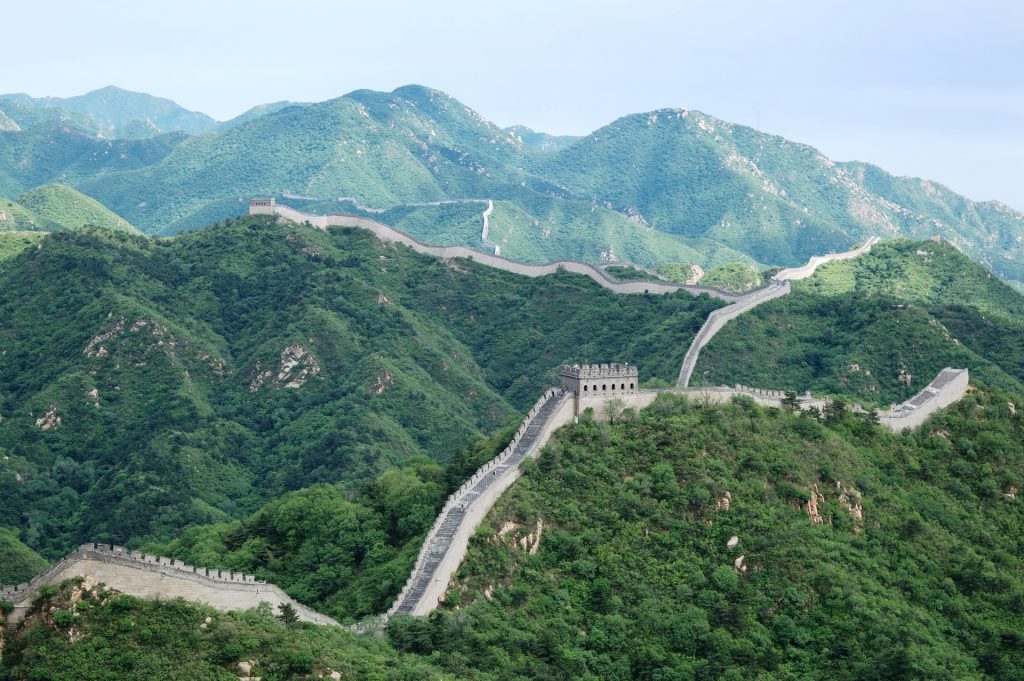The Great Wall of China stands as one of the world’s most iconic landmarks, a testament to human ingenuity, determination, and history. Spanning thousands of miles across the vast Chinese landscape, this monumental fortification has intrigued and inspired people from around the globe. In this article, we will embark on a journey to explore the Great Wall, its origins, cultural significance, current state, and much more.
Historical Origins
The history of the Great Wall of China dates back over two millennia. Initially constructed during the 7th century BC, it served as a series of separate walls built by different Chinese states for protection. It was during the Qin Dynasty that these walls were connected and enhanced to create a unified defense system against invaders from the north. These early walls were primarily made of earth and wood, reflecting the technological limitations of the time.
Architectural Marvel
The Great Wall is a true architectural marvel, evolving over centuries into a complex system of walls, towers, and fortifications. Each section of the wall exhibits unique features, from the imposing stone battlements of Mutianyu to the winding paths of Jinshanling. These sections not only served as defense but also facilitated communication and trade along the Silk Road.
The Great Wall’s Cultural Significance
The Great Wall is deeply ingrained in Chinese culture and history. It’s been a recurring theme in Chinese art, literature, and even in popular culture. Chinese poets and scholars have penned countless verses about its grandeur and the enduring spirit it represents. It’s not merely a wall but a symbol of unity, resilience, and the indomitable will of the Chinese people.
The Great Wall Today
The Great Wall has not remained frozen in time. The preservation and restoration efforts undertaken by Chinese authorities have ensured its longevity. Today, visitors can explore this magnificent structure and marvel at the engineering genius of ancient China.
The Great Wall as a Tourist Attraction
The Great Wall’s status as a tourist attraction is well-deserved. Millions of visitors from around the world come to walk its ramparts and take in the breathtaking views. Whether you choose to visit the bustling Badaling section or opt for the quieter Simatai, the experience is bound to leave a lasting impression.
Lesser-Known Sections
While sections like Badaling and Mutianyu are famous, there are lesser-known parts of the Great Wall that are equally fascinating. For example, the Jiankou section offers a wild and rugged experience for adventurous trekkers. The Huangyaguan section, known for its challenging terrain, provides a unique adventure.
The Great Wall’s Influence on Chinese Culture
The Great Wall’s influence on Chinese culture extends beyond art and literature. It’s an integral part of modern Chinese identity, symbolizing strength, resilience, and the ability to adapt and endure. Even in a rapidly changing world, the Great Wall remains a constant and unwavering presence.
Challenges and Controversies
While the Great Wall stands strong, it’s not without its share of challenges and controversies. Vandalism, weathering, and environmental concerns have raised questions about its long-term preservation. Yet, ongoing efforts to protect this world heritage site are a testament to its enduring importance.
Iconic Great Wall Moments
The Great Wall has been a witness to many iconic moments and events throughout history. It has inspired leaders, thinkers, and adventurers alike. Mao Zedong’s famous saying, “He who has not climbed the Great Wall is not a true man,” reflects the wall’s enduring significance in modern China.
Tips for Travelers
If you plan to visit the Great Wall, consider some essential tips. The best times to visit are during the spring and autumn when the weather is pleasant. Wear comfortable clothing and sturdy footwear. Remember to carry water, sunscreen, and your camera to capture the breathtaking scenery.
Conclusion
The Great Wall of China, a colossal architectural masterpiece, has transcended time and borders to become a global icon. Its historical origins, cultural significance, and modern allure make it a must-visit destination. As you walk along its ancient stones and absorb the breathtaking views, remember that the Great Wall stands as a testament to human achievement, resilience, and the enduring spirit of the Chinese people.
FAQs
How long is the Great Wall of China?
- The total length of the Great Wall is approximately 13,170 miles (21,196 kilometers).
Can you see the Great Wall from space?
- Contrary to popular belief, the Great Wall is not visible from space with the naked eye.
What is the best time to visit the Great Wall?
- The best times to visit are in the spring (April to June) and autumn (September to November) when the weather is mild and the scenery is stunning.
How was the Great Wall constructed?
- The Great Wall was built using a variety of materials, including earth, wood, and stone, depending on the section and the time period.
Is the Great Wall open to visitors year-round?
- Yes, most sections of the Great Wall are open to visitors year-round, but some may have seasonal closures or restrictions. Be sure to check before planning your visit.
